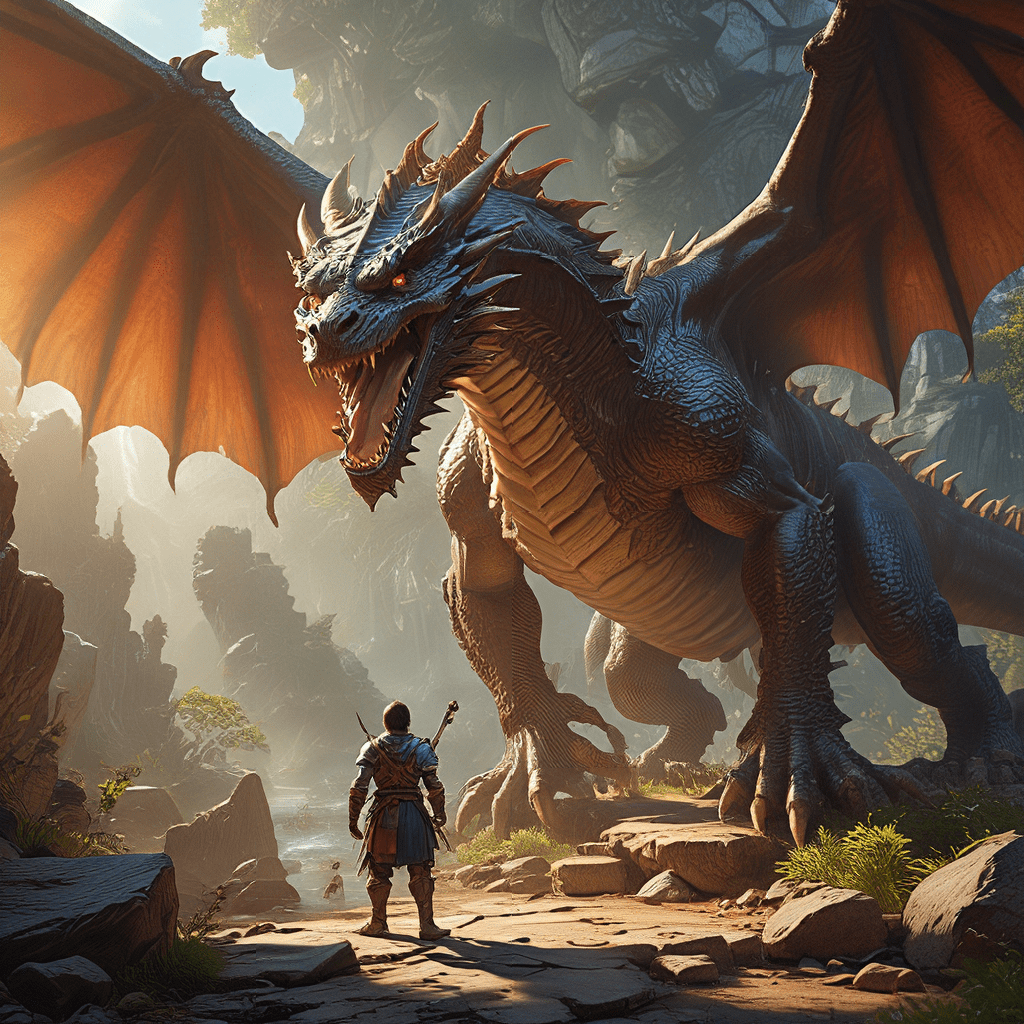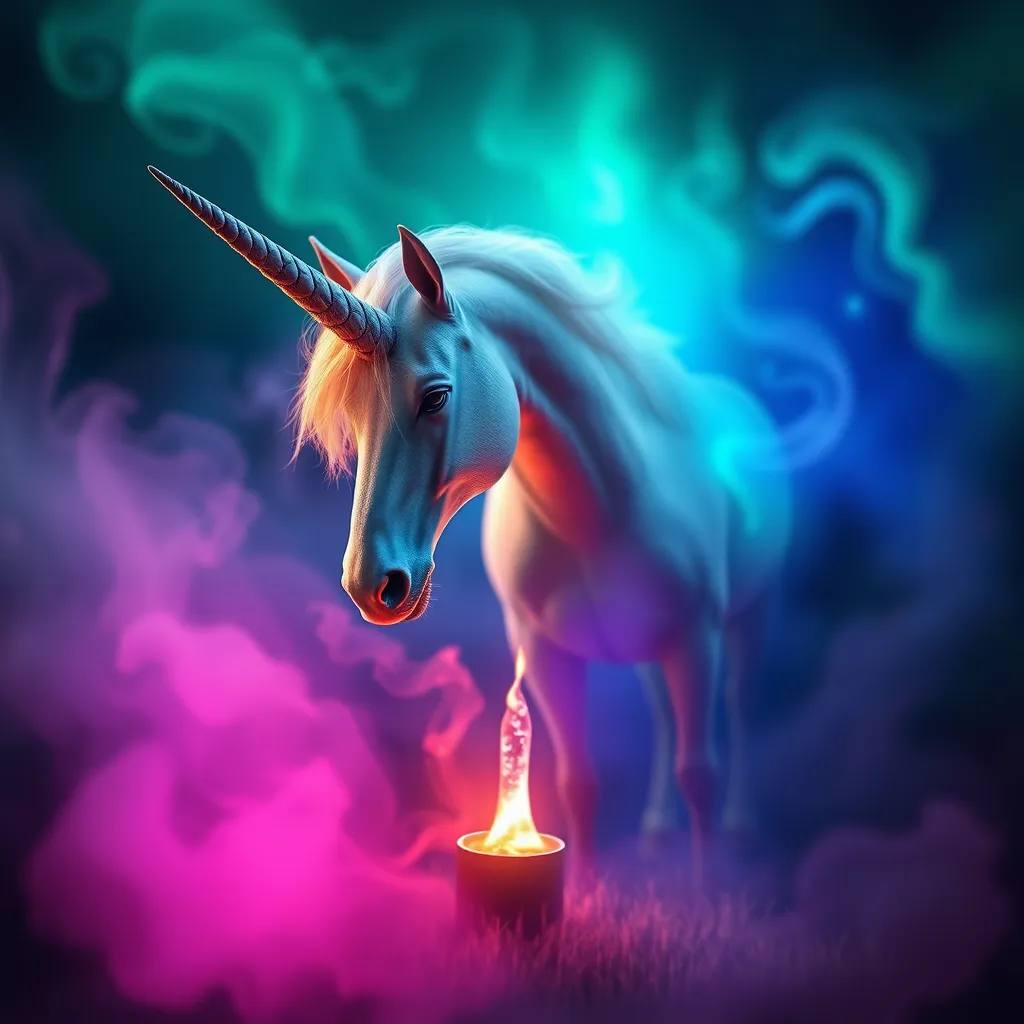Giants, Trolls, and the Gods: Reshaping Norse Mythology
I. Introduction to Norse Mythology
Norse mythology is a rich tapestry of stories and beliefs that originated from the ancient Norse and Germanic cultures. It is significant not only for its historical context but also for its profound impact on literature, art, and modern pop culture. Central to these myths are three pivotal figures: giants, trolls, and gods, each embodying various aspects of human experience and the natural world.
This article aims to explore the evolution and reinterpretation of these mythological elements, examining how they have shaped our understanding of Norse mythology and continue to influence contemporary narratives.
II. The Role of Giants in Norse Mythology
A. Origin and characteristics of the Jotnar (Giants)
The giants, known as the Jotnar, are primordial beings in Norse mythology. They are often associated with chaos, the wilderness, and the untamed forces of nature. According to the myths, they are descendants of the first being, Ymir, whose body was used by the gods to create the world.
Giants are typically portrayed as massive, powerful, and often antagonistic towards the gods. Their characteristics can be summarized as follows:
- Enormous size and strength
- Deep connections to nature and the elements
- Representation of chaos and disorder
B. Symbolism and representation of chaos and nature
In Norse mythology, giants symbolize the chaotic forces of the world. They represent the primal elements that the gods must contend with to establish order. This dichotomy between the gods and giants reflects the human struggle against chaos and the need to find balance in life.
C. Notable giants and their stories (e.g., Ymir, Skadi)
Several giants are prominent in Norse myths, each with unique stories and attributes:
- Ymir: The first being and progenitor of all giants, whose body was fashioned into the world by the gods.
- Skadi: A goddess associated with winter and hunting, who is also a daughter of a giant. Her story highlights the complexities of relationships between gods and giants.
III. Understanding Trolls in Norse Lore
A. Definition and characteristics of trolls
Trolls in Norse mythology are often depicted as brutish and dim-witted creatures, dwelling in mountains or caves. They are less prominent than giants but are equally significant in folklore.
Characteristics of trolls include:
- Often portrayed as greedy and malevolent
- Associated with darkness and the night
- Possessing great strength, but lacking intelligence
B. Cultural implications and regional variations in their representation
The portrayal of trolls varies significantly across different regions. In Scandinavian folklore, trolls can range from malicious beings to misunderstood creatures. This duality reflects cultural attitudes towards the unknown and the natural world.
C. Trolls in folklore vs. their portrayal in modern media
In contemporary media, trolls have been reimagined in various ways, often losing their monstrous characteristics. They have appeared in children’s tales, fantasy novels, and films, where they may be depicted as comical or benevolent characters, diverging from their traditional roles in Norse mythology.
IV. The Pantheon of Norse Gods
A. Overview of the Aesir and Vanir gods
Norse mythology features two main groups of deities: the Aesir and the Vanir. The Aesir, including gods like Odin, Thor, and Frigg, are associated with war, governance, and order. The Vanir, such as Njord and Freyja, are connected with fertility, prosperity, and nature.
B. Key deities and their relationships with giants and trolls
The interactions between the gods and giants are central to many Norse myths. For instance, Thor, the god of thunder, is often depicted battling giants to protect humanity. Similarly, the gods’ relationships with trolls can reveal moral lessons and the dangers of underestimating perceived lesser beings.
C. The dynamics of power and conflict among the gods, giants, and trolls
Power struggles are a recurring theme in Norse mythology. The gods frequently find themselves in conflict with giants, and these tales often highlight themes of fate, bravery, and sacrifice. The complex relationships suggest that even gods are not invulnerable to chaos and must navigate their challenges wisely.
V. Interactions Between Giants, Trolls, and Gods
A. Myths highlighting conflicts and alliances
Numerous myths illustrate the conflicts and occasional alliances between giants, trolls, and gods. One notable story is the tale of the building of Asgard’s wall, where a giant offers to build a protective wall for the gods in exchange for the goddess Freyja. This story emphasizes themes of cleverness and the consequences of greed.
B. The role of fate and destiny in these interactions
Fate, or “wyrd,” is a crucial element in Norse mythology, influencing the actions of both gods and giants. The belief that destiny is predetermined adds a layer of complexity to their interactions, as characters strive to fulfill or evade their fates.
C. Influence of giants and trolls on the actions of gods
The presence of giants and trolls often serves as catalysts for the gods’ actions. Their challenges compel the gods to demonstrate their strength, intelligence, and moral integrity, shaping the narratives of power and heroism in Norse mythology.
VI. Reshaping Norse Mythology in Modern Culture
A. Adaptations in literature, film, and video games
Norse mythology has seen a resurgence in modern culture, with adaptations in literature, films, and video games. Works like Neil Gaiman’s “Norse Mythology” and Marvel’s portrayal of Thor have introduced these ancient tales to new audiences, albeit with contemporary twists.
B. The influence of contemporary interpretations on traditional narratives
Modern interpretations often focus on themes of heroism, identity, and morality, reshaping traditional narratives to resonate with contemporary audiences. Characters like Loki, once viewed purely as a trickster, are now often explored in more nuanced ways, reflecting human complexity.
C. The resurgence of interest in Norse mythology in popular culture
The growing interest in Norse mythology can be seen in various cultural phenomena, from blockbuster films to popular TV series like “Vikings.” This resurgence has sparked a renewed appreciation for the depth and richness of these ancient stories.
VII. The Significance of Giants, Trolls, and Gods Today
A. Cultural impact and relevance in modern society
Giants, trolls, and gods continue to captivate our imaginations, offering insight into human nature and societal values. Their stories resonate with themes of conflict, morality, and the struggle against chaos, providing valuable lessons for contemporary society.
B. Themes of morality, nature, and humanity in Norse myths
Norse myths explore complex themes that remain relevant today, such as the interplay between humanity and nature, the consequences of hubris, and the importance of community and cooperation in overcoming challenges.
C. Lessons from Norse mythology in contemporary contexts
The lessons drawn from Norse mythology can inspire individuals to confront their own challenges with bravery and wisdom, encouraging a deeper understanding of our place within the natural world and the importance of preserving harmony amidst chaos.
VIII. Conclusion
In conclusion, the evolving perceptions of giants, trolls, and gods illustrate the enduring power of Norse mythology. As we continue to reinterpret these ancient narratives, it is essential to preserve their essence while allowing them to resonate with modern values and experiences.
Understanding and exploring these mythological figures not only enrich our cultural heritage but also invite us to reflect on the timeless themes they embody. The journey through Norse mythology is an invitation to uncover the complexities of existence and the enduring human spirit.




